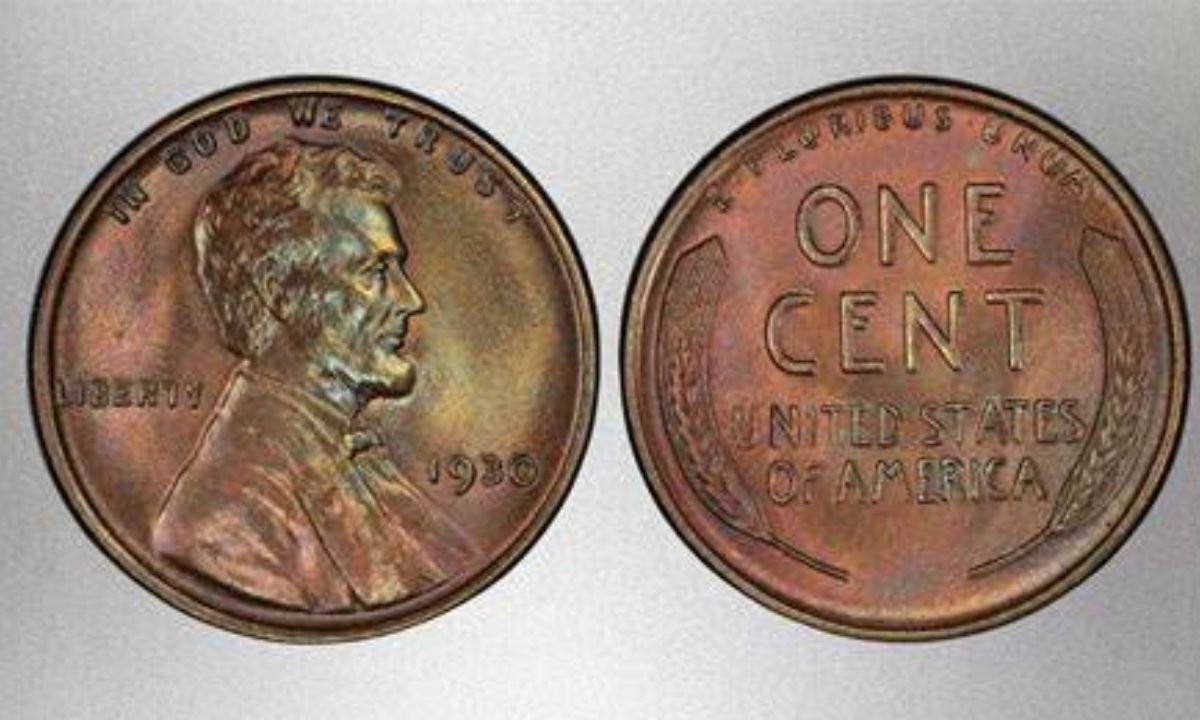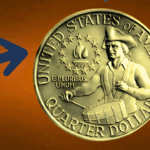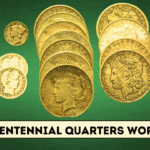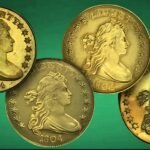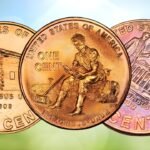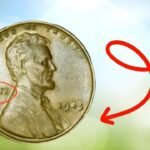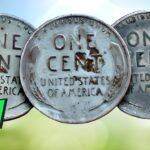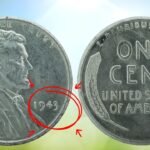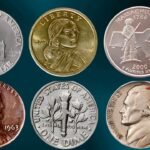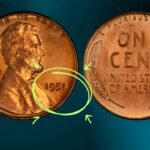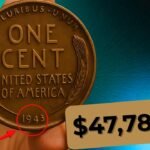Let’s be honest — most of us don’t even glance twice at pennies anymore. They’re the coins that gather dust at the bottom of your purse or sit forgotten in a jar by the door. But here’s the twist: some of those little copper-colored coins could actually be worth millions. Yes, you read that right. What seems like pocket change might just be your unexpected lottery ticket. So before you toss that penny into a tip jar, you might want to take a closer look.
1. The 1943 Copper Penny
During World War II, the U.S. Mint switched from copper to steel to save metal for the war effort. So, every penny struck in 1943 was supposed to be made of steel — except for a few accidental ones that were minted in copper. These rare 1943 copper pennies are basically the unicorns of the coin world. Only about 20 are known to exist, and each one could fetch up to $1.7 million or more.
Imagine that — a coin most people wouldn’t bend down to pick up could buy you a house, a car, and a lifetime supply of coffee. The easiest way to tell if you’ve got one? Try the magnet test. Real 1943 steel pennies stick to magnets, but if yours doesn’t, you might just be holding copper gold.
2. The 1955 Double Die Penny
Now, this one’s a collector’s dream and an optical illusion all in one. The 1955 Double Die Penny came out with a striking printing error — literally. Due to a misalignment during minting, the coin’s inscriptions, especially “LIBERTY” and “IN GOD WE TRUST,” appear doubled. To the untrained eye, it might look like the letters are blurry, but that doubling is exactly what makes it valuable.
Back in the day, a few of these slipped into circulation before anyone noticed. Today, a well-preserved one can sell for over $100,000. Even a slightly worn version can bring in thousands. So, if you happen to have a 1955 penny that looks like it had a few too many coffees while being printed, you might want to hold onto it.
3. The 1969-S Double Die Obverse Penny
This one’s sneaky — another case of doubling, but this time on a 1969 penny minted in San Francisco (that’s what the “S” stands for). The “1969-S Double Die Obverse” penny shows strong doubling on the date and on the words “LIBERTY” and “IN GOD WE TRUST.” The detail is so crisp that it’s almost spooky.
Here’s the kicker — the U.S. Secret Service once thought these coins were counterfeits because the doubling was so intense. Turns out, they were real, and now collectors go wild for them. A verified 1969-S Double Die Penny could earn you $75,000 to $125,000 depending on its condition. Not bad for something that might’ve once been used to buy a stick of gum.
Quick Comparison Table
| Year | Type | Distinguishing Feature | Estimated Value |
|---|---|---|---|
| 1943 | Copper Penny | Not magnetic, copper color | Up to $1.7 million |
| 1955 | Double Die Penny | Doubled lettering | $1,000–$100,000+ |
| 1969-S | Double Die Obverse | Clear doubled date and text | $75,000–$125,000 |
Why These Pennies Are So Valuable
It all comes down to rarity and mistakes. Coin collectors — or numismatists, if you want to sound fancy — love minting errors because they’re accidents that tell a story. Each of these pennies represents a moment when human error met historical timing. The fewer that exist, the higher the demand. It’s simple economics, but with a twist of mystery.
And honestly, part of the appeal is the thrill of the hunt. There’s something magical about rummaging through old coins, hoping lightning might strike. On the flip side, not every old penny is a treasure. Condition matters a lot — scratches, tarnish, or damage can drastically cut value. So if you think you’ve found a rare one, handle it carefully and get it appraised by a professional before you start celebrating.
How to Check If Your Penny Is Worth a Fortune
First, grab a magnifying glass (or your phone camera zoom, that works too). Look closely at the date and lettering. If anything looks doubled, oddly aligned, or just slightly off, that’s a good sign. For 1943 pennies, remember the magnet test — copper ones won’t stick. Also, mint marks matter: an “S” (San Francisco) or “D” (Denver) can make a difference in rarity.
If you suspect you’ve struck gold — well, copper gold — take it to a coin dealer or send it to a grading service like PCGS or NGC for authentication. They’ll tell you if you’re holding a genuine collector’s piece or just a cool conversation starter.
FAQs
Q1: Can modern pennies be valuable too?
Yes! Some recent pennies with minting errors can fetch hundreds or even thousands, but they’re much rarer.
Q2: How can I safely store rare pennies?
Keep them in coin holders or clear protective cases. Avoid touching them directly — skin oils can damage the surface.
Q3: Where can I sell valuable pennies?
You can sell them at coin shows, auction houses, or reputable online platforms that specialize in collectibles.
Q4: What if I’m not sure my penny is special?
That’s fine! Take it to a local coin shop for a quick opinion — many experts will check for free or a small fee.
So next time you find a penny on the ground, maybe don’t walk past it. Pick it up. Because, who knows? That tiny, ordinary coin could secretly be worth more than your car.
